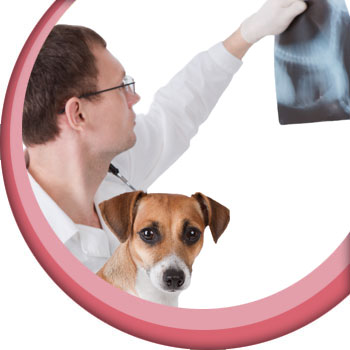Respiratory
Knowledge of the bacterial species present when dealing with an infectious condition will be very helpful in selecting an appropriate antimicrobial and therefore culture and sensitivity testing is often indicated. If this information is not available, a combination of cytology and a knowledge of which pathogens are likely for a given situation may help in selecting an appropriate antimicrobial. Some sites of infection have predictable common bacterial species, for example Staphylococci in canine pyoderma.3 Knowledge of the site of infection may also suggest whether bacteria are likely to be aerobic or anaerobic, for example abscesses are likely to involve obligate and facultative anaerobes.3
Upper respiratory tract infections
Suggested antimicrobials*
Amoxicillin-clavulanic acid7,10,83
Doxycycline 7,3,10,83
Trimethoprim/Sulphonamide (TMPS) in dogs3
Fluoroquinolones in cats12
Oxytetracycline83
Common bacterial pathogens
Dogs: Bordetella bronchiseptica3
Cats: Bordetella bronchiseptica,12,13 Chlamydophila felis,13 Mycoplasma spp.12

Pneumonia
Suggested antimicrobials*
Metronidazole7,3 (in dogs83)
Amoxicillin-clavulanic acid7,3 (in cats83)
Fluoroquinolones 7,3 (in dogs83)
Amoxicillin in dogs83
Aminoglycoside in dogs83
Doxycycline in cats83
(Often needs a combination of two antimicrobials as there may be a mixture of aerobes and anaerobes)
Common bacterial pathogens
Dogs: Single or mixed Gram-negative aerobes and/or anaerobes3
Cats: Obligate anaerobes, Streptococcus spp. Pasteurella multocida, coliforms, and Actinomyces spp.3
*Suggested antimicrobials are based on references from scientific literature and may not necessarily reflect UK market authorisations for the relevant species or condition. Veterinary surgeons are advised to carefully check the Summary of Product Characteristics (SPC) before prescribing a product.
Disclaimer: Indications and doses may vary between products. The antimicrobials listed may constitute an off licence use of the product and as such should only be used according to the ‘Cascade’, further details of which are available on the RCVS, VMD and NOAH websites. Veterinary surgeons are advised to carefully check the Summary of Product Characteristics (SPC) before prescribing a product and obtain informed owner consent where required.

